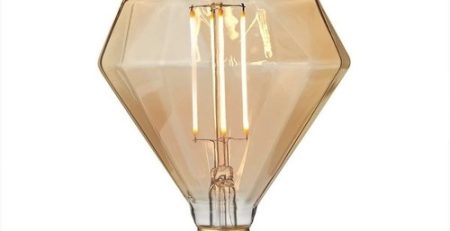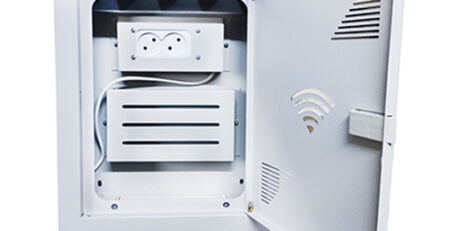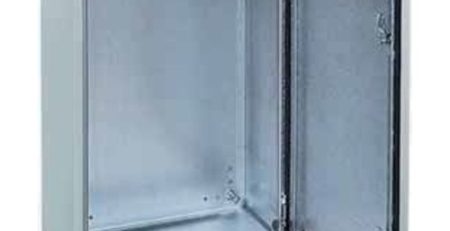Top 8 Major Elements of Personal Protection Equipment
Top 8 Major Elements of Personal Protection Equipment
electric resistance
Personal protective equipment or PPC is now among the most common applications that can be seen in factory and working environments. PPE equipment can be easily worn by workers for minimizing exposure to different kinds of occupational hazards. Some PPE examples include fall protection, aprons, gloves, safety jackets, foot, eye and head protection. The use of PPE would only be a single element in a complete program safety that would employ different kinds of strategies for maintenance of healthy and safe working environment. However, total or permanent protection isn’t guaranteed by PPE as the hazard isn’t eliminated itself.
The major elements of personal protective equipment can be categorized through the body area of protected body, by the types of hazard, and the garment accessory. A single item, like safety shoes, would provide different types of protection: with steel insoles and steel toe cap you get different proper protection from puncture injuries or crushing, impervious rubber and protection lining from chemicals and water protection, high reflectivity and heal resistance through radiant heat protection, and high electrical resistivity protection through electric shock. Here lie the top 8 major elements of PPE-:
1. Noise
With the help of earmuffs and earplugs the damage extent to hearing can be significantly reduced thus increasing ear safety. High level noise exposure causes irreversible loss of hearing and impairment with psychological or physical stress.
2. Access and height protection
The range height and access protection is wide and includes things like fall-arrest systems, body harnesses, lowering harnesses, rescue lifting, lanyards, energy absorbers, etc. Such kind of PPE is specialized and needs thorough training through competent persons, in user checks and the right use as well.
3. Respirators
With respiratory mask it becomes simple to protect the worker from breathing contaminants in the polluted air, thus preserving respiratory tract and the heart’s health. Two main types of respirators are present. Type one functions through filtering gases, chemicals, and airborne particles, through air breathed by workers. The process of filtration would either be active or passive. Particulate respirators or gas masks are main examples of these kinds of respirators. The type two helps in protection of users by offering clean and respirable air through any other source. This type also includes self-contained breathing apparatus and respirators.
4. Protective clothing
Being one of the main PPE elements, it is all-encompassing and refers to different uniforms and suits that is worn for protection of users through any harm. Ballistic coats that are worn through law enforcement officials and lab coats or safety gloves that are worn by scientists daily at work would come under this category.
5. Ensembles
In personal protective equipment, many types of ensembles can be found for protecting you against different conditions and this work together for specific tasks or occupations. PPE equipment like safety helmets is usable for multiple tasks or occupation for offering maximum protection to users. Chainsaw protection can be done by wearing several equipment (especially hearing protection, face guard, anti-vibration gloves, Kevlar chaps and chainsaw safety boots. Additionally, other measures are also advisable for using this hazardous equipment
6. Bee-keepers
Different clothing equipment is worn depending on bee temperament and reaction of bees to availability of nectar. At the minimum, most of the bee keepers wear brimmed hats and veils made through hardware clothes that bear similarity with window-screen materials. Another level of protection would involve long gauntlets with leather gloves.
7. Eye protection
While eye protection equipment would vary per the occupation, the offered safety gets generalized. With safety glasses, you get long term protection from external debris and side protection is possible through side shields and wrap around designs. Eyes can be protected from welding, dust, splashes and other hazards by Safety Goggles. Face shields can be worn over standard eyewear for protection against blood, impact and chemical-borne hazards.
8. Skin protection
Second most common injuries are related to the skin and occupation related skin illnesses like skin cancers, contact dermatitis, infections and other skin injuries are second most common occupational diseases that are costly. Any skin protection PPE is of utmost importance at the workplace as it becomes a barrier between hazardous agent and the skin.









Leave a Reply
You must be logged in to post a comment.